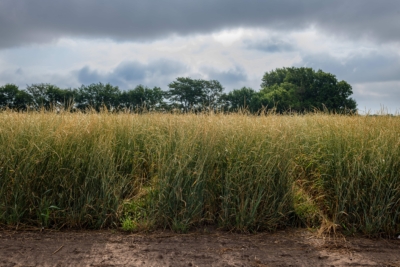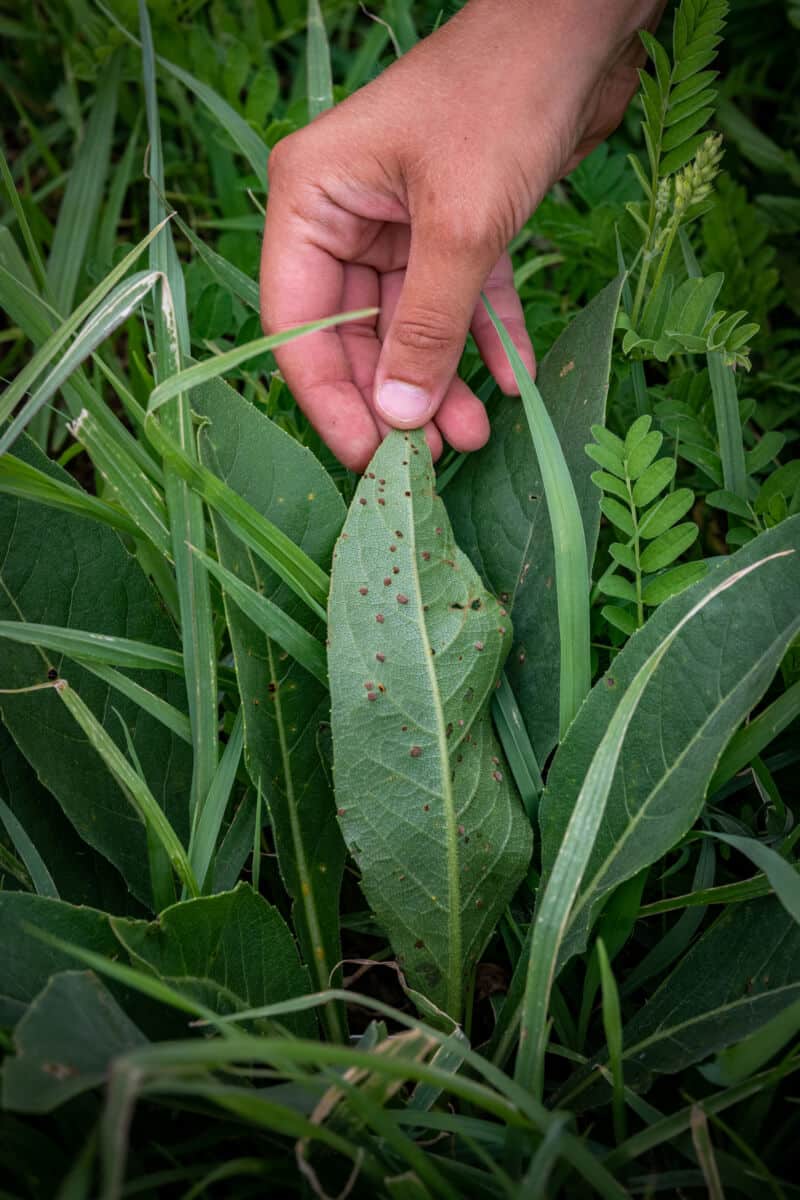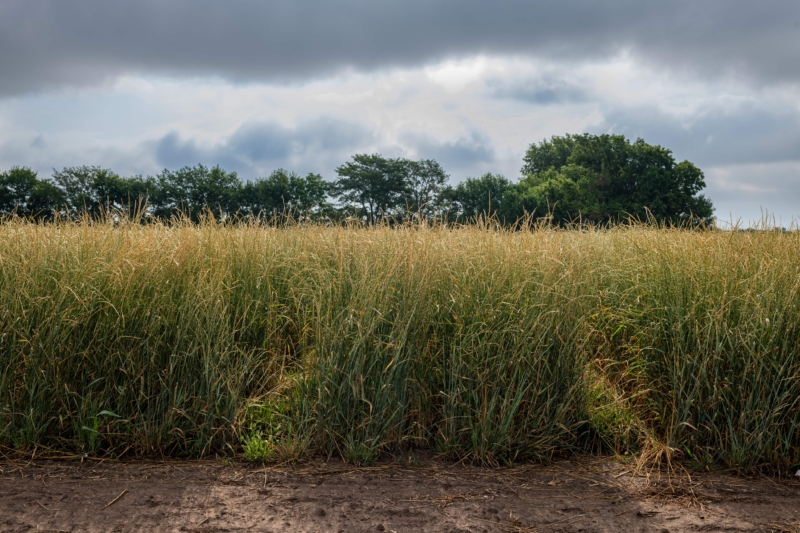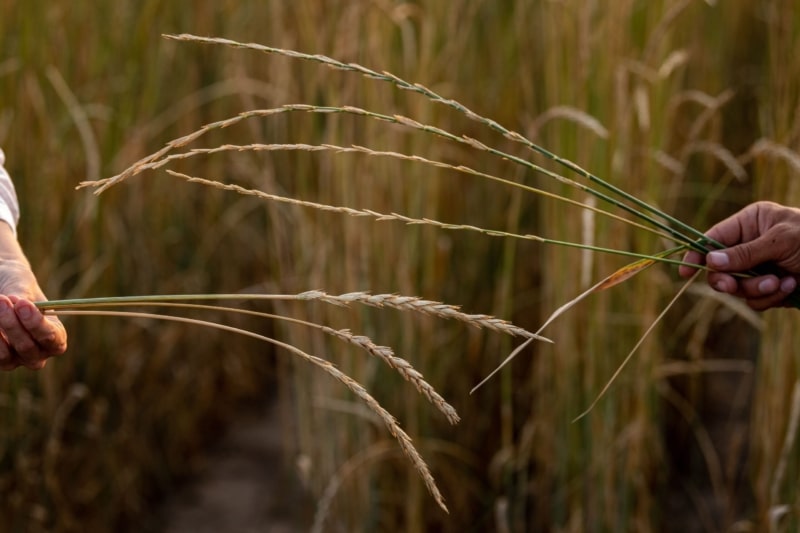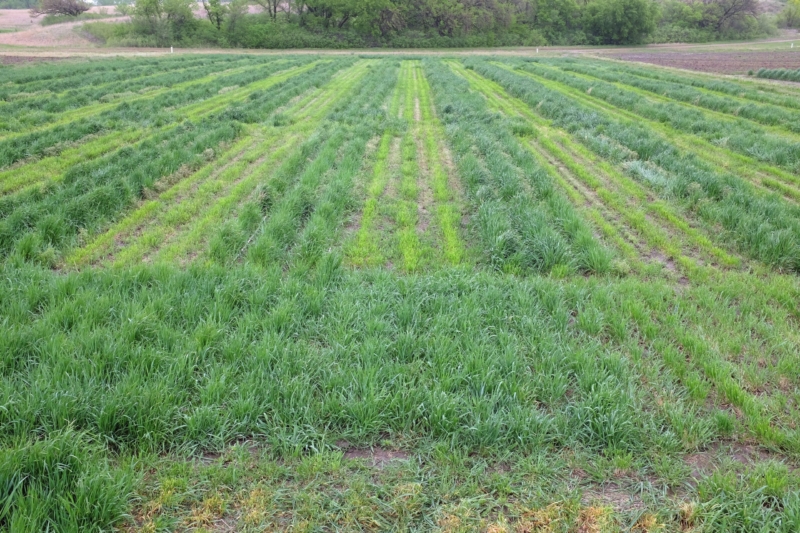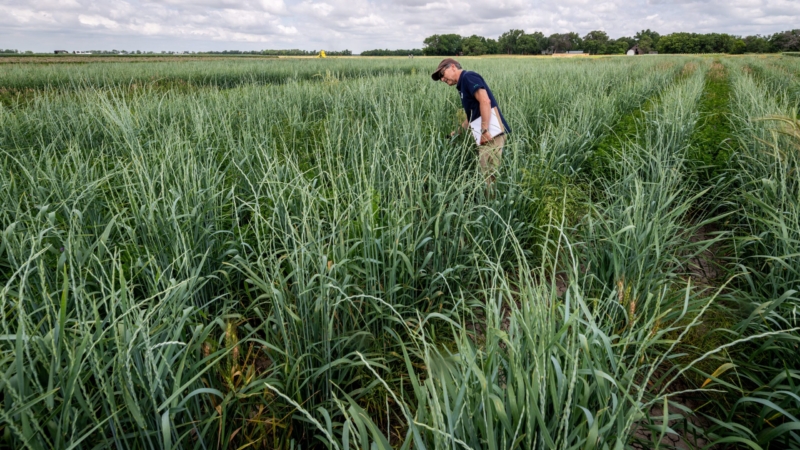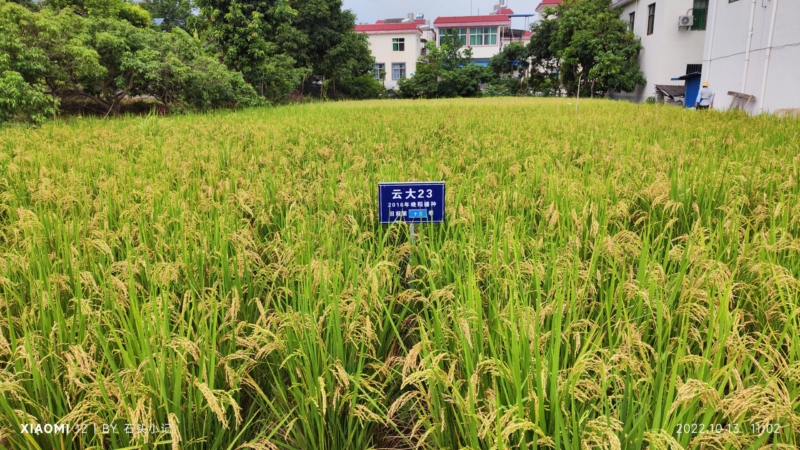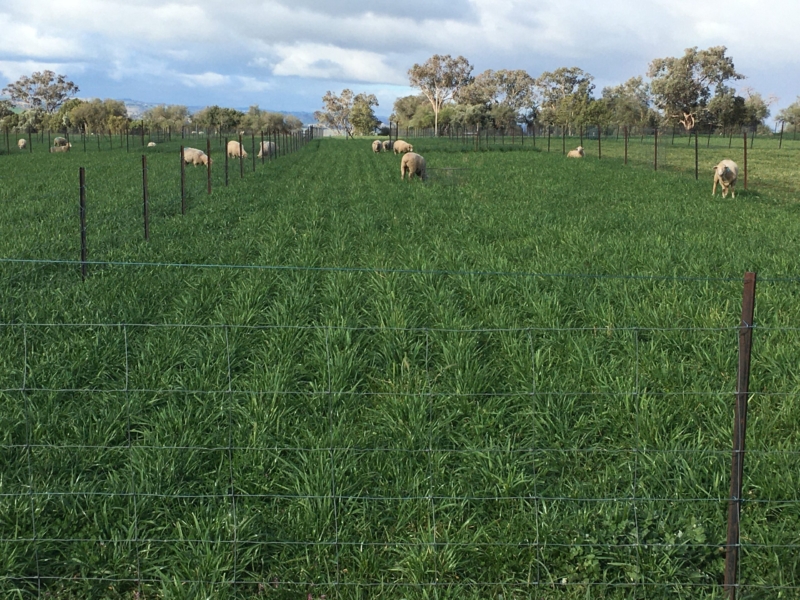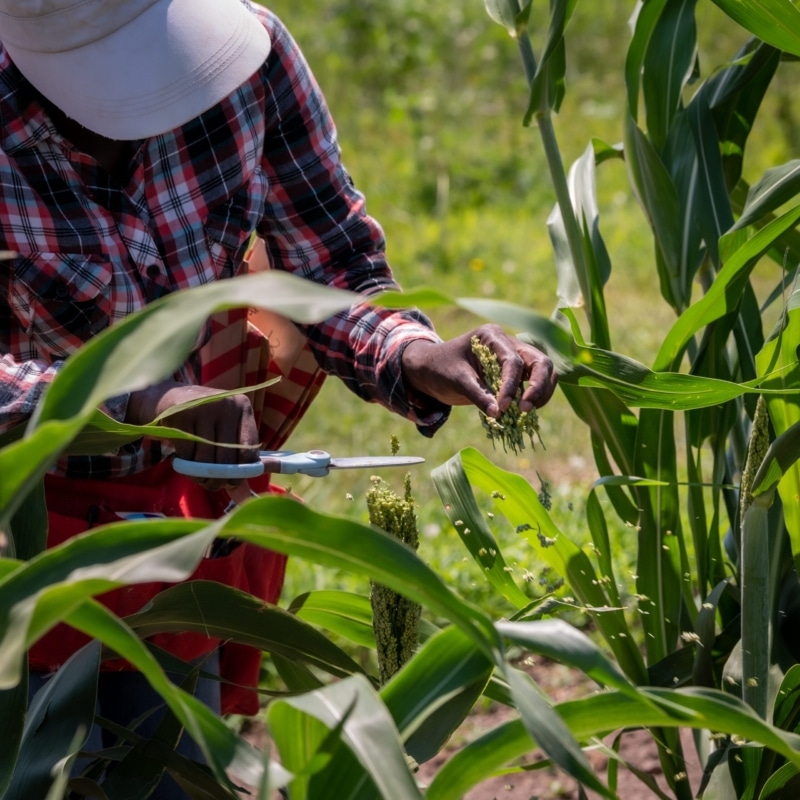Kathryn Turner, Lead Scientist in Crop Protection Genetics, co-authored a paper with research partners from the University of Colorado Boulder analyzing the genome sequence of Puccinia silphii, a rust that infects silphium plants to better understand the evolution of this fungus and the implications this could have for crop protection and management of the perennial oilseed.
Background
Rust fungi are destructive pathogens in crop plants, having led to epidemics and damaging crops all over the world. The rust Puccinia silphii (Basidiomycota) infects Silphium integrifolium, which is a member of the most speciose plant family, Asteraceae.
Results
This study analyzes the first chromosome-scale genome sequence of a rust that infects any dicot, or any species outside of the Poaceae (grasses). We found it to be the smallest genome among the available Pucciniales genome assemblies. Our final assembly was 41.7 Mb in size and consisted of 19 pseudomolecules. The genome had a BUSCO completeness score of 92.1%, with nearly all BUSCO gene losses shared with other Puccinia genomes, and gene losses concentrated in the sulfate assimilation categories. Other gene losses were unique to P. silphii, whose genome contained by far the fewest protein coding genes. A total of 10,399 protein coding genes were predicted, compared to 14,257 in the next smallest genome. Gene losses in P. silphii were concentrated in categories related to meiosis.
Conclusion
This newly assembled genome provides insights into the size limitations of Puccinia genus genomes, as well as important protein gene families that are evolving within the genus including sulphate assimilation genes and DNA replication and its role in the evolution of microcyclic rusts.
ACCESS ARTICLE PDF
